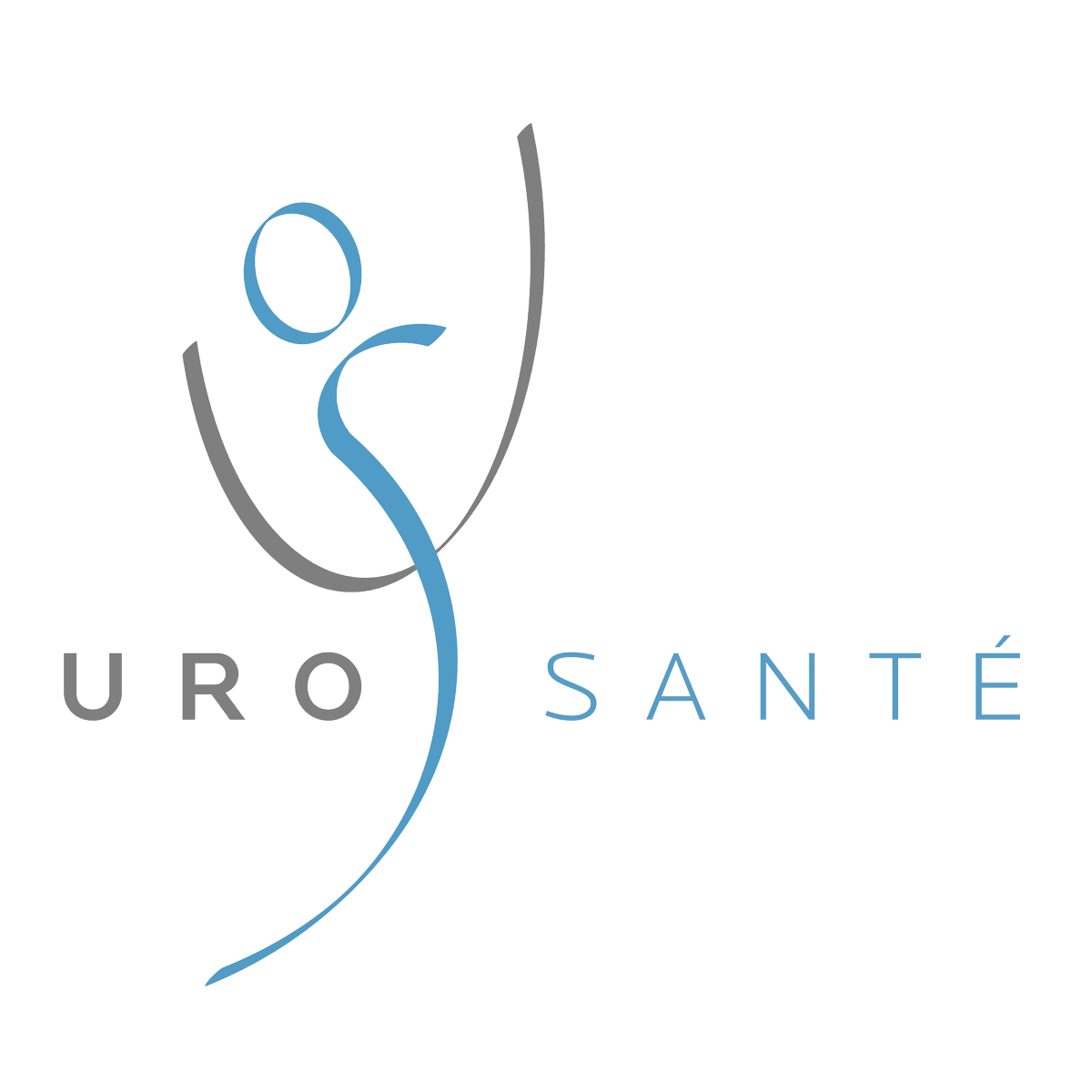Neuromobility and the lumbopelvic-hip complex: applications in pelvic health
About the Course
Neuromobility and the lumbopelvic-hip complex: applications in pelvic health
Uncover the intricacies of addressing pelvic pain and dysfunction with our course on "Neuromobility in the Lumbopelvic-Hip Complex." From grasping basic neuromobility principles to mastering neural structure mobilization techniques, participants will gain insights into pain mechanisms, anatomical relationships, and movement dysfunction within the pelvic complex. This condensed program equips physiotherapists to identify and address reduced neuromyofascial mobility and neural impingement sources, and safely integrate neuromobilization strategies into home exercise programs for a comprehensive approach to patient care.
Special guest: Johanne Sabourin
Important Information
Neuromobility and the lumbopelvic-hip complex: applications in pelvic health
Johanne Sabourin
Dates to be determined (in person, in clinic)
Course Schedule
Day 1: 8:30 – 16:30 EST
Day 2: 8:30 – 16:30 EST
Clinic in Laval, QC
$ 850.00 CAD (+ applicable taxes)
The Physical Therapy Approach to Female Urinary Incontinence – Entry level (or equivalent)
Registration is open!

Course Objectives
- Understand the basic principles of neuromobility in the context of pain, muscle function and biopsychosocial framework
- Outline the neuroimmune system, its synaptic plasticity & immune modulation, and the central nervous processing of
nociceptive information. - Identify the pathways and anatomical relationships between the neural structures of the lumbopelvic-hip complex and the myofascial, visceral, vascular and bony structures.
- Highlight the possible sources of reduced neuromyofascial mobility and their consequences.
- Describe potential causes and locations of neural impingement
- Establish the possible source of movement dysfunction in the pelvic complex
- Perform mobilization techniques of the neural structures in the lumbopelvic-hip complex.
- Understand the indications and contraindications to neuromobilization.
- Safely integrate neuromobilization strategies within a home exercise program.
Course Schedule
Day 1: 8:30 – 16:30
Day 2: 8:30 – 16:30

Your Instructor
Johanne is 1983 McGill University graduate. She developed an interest in pelvic floor dysfunction treatment in the late 80’s, when, as part of her function as continuing ed./communication coordinator at the Ordre des Physiothérapeutes du Québec, she organized the first pelvic floor training course for physiotherapists in Canada, created by Claudia Brown and Marie-Josée Lord.
She returned to practice in 1994 when she moved to British Columbia and worked as an Orthopaedic physiotherapist. She took multiple courses in muscle imbalance, manual therapy and her first course on neuromobilization with David Butler. In the late 90’s, she finally took her first pelvic floor trainings.
Working at Diane Lee and Assoc. taught her to approach pelvic floor issues with a whole-body approach. It is then she added visceral mobilizations training in her toolbox. Later she opened her own practice and worked at St-Paul hospital in Vancouver where she sat on uro-gynecology rounds, mentored medical students/gynecology residents/ urogynecology fellows. She also participated in a retrospective study with the urogynecology team looking at the impact of pre-existing neural mobility restrictions on the incidence of pelvic floor muscle spasm post-operatively.
She has been a guest speaker at the Western Society of Pelvic Medicine, International Continence Society and at the UBC Obstetrics training day for medical general practitioners.
Over the years, she took trainings on neuromobility with David Butler, Lorimer Moseley, Alain Croibier, Gail Wetzler and Dr. Nucelio Lemos.
She developed a strong interest and an expertise on the impact of neural mobility on pelvic floor muscle function and on its contribution to prolonged pain as afferent input. She now wants to share that expertise with the physiotherapy community.
Her other passion: classical music. She sings with the Vancouver Bach Choir (Symphony Choir) and started learning to play the cello.

Johanne Sabourin
